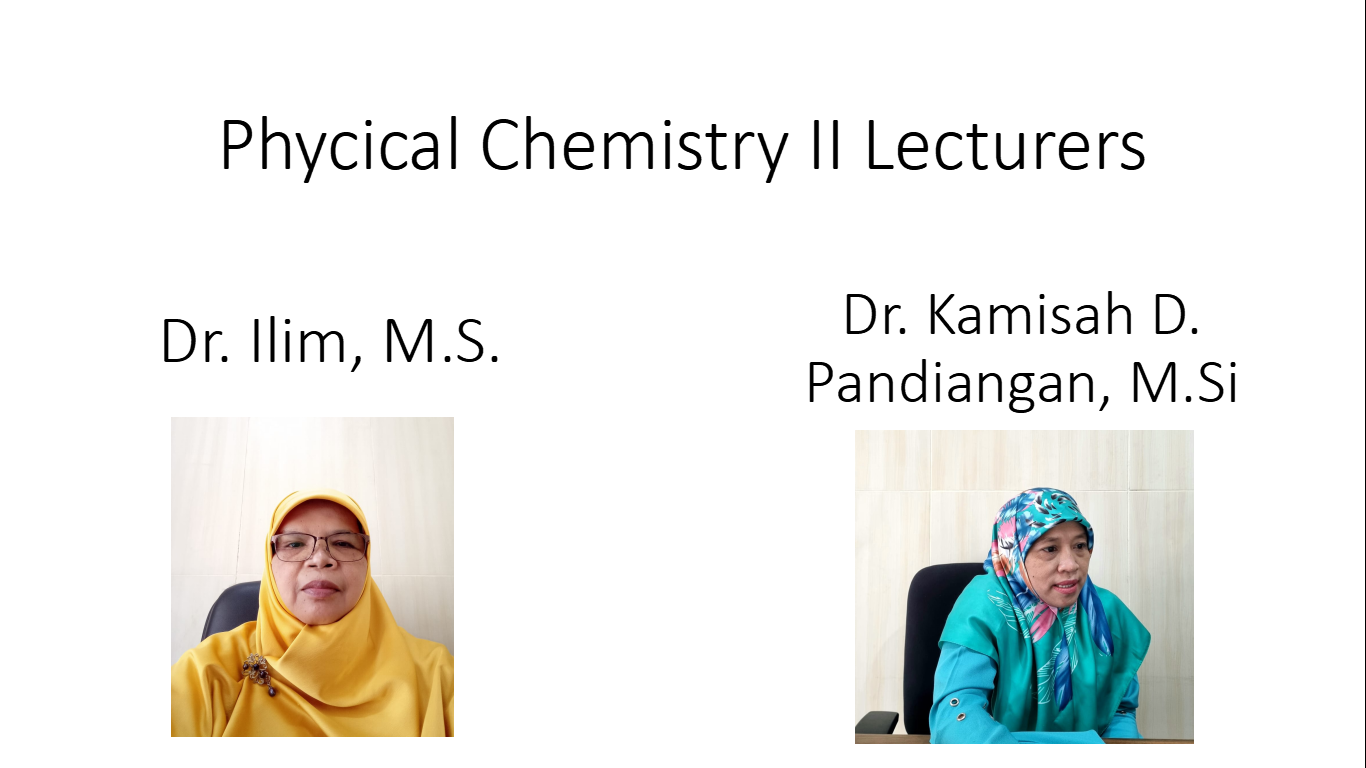Introduction to phase equilibrium (definition of phase, phase rule, the boundary of phase, phase diagram; describe a one-component phase diagram; various regions and points (such as the triple point, the critical point) in a phase diagram; describe three representative examples of one- component phase diagram; recognize and apply mathematical expressions related to phase transition of pure substance, derive Clapeyron's and Clausius Clapeyron's equation (apply the equations; equations describe the boundary of different phase transitions), Basic thermodynamic properties of mixture (distinguish between ideal and non-ideal solutions; derive the equations to calculate Gibbs free and entropy of the ideal gas mixture; describe colligative properties of solution and related mathematical expressions), Phase diagram for different types of two-component systems (liquid-liquid: miscible, immiscible, partly miscible, surfactants; liquid-solid; liquid-gas; solid-gas; solid-solid,); describe thermodynamic significance of phase diagram (composition, phase separation, distillation, azeotropic, phenomenon), Phase diagram for ternary systems (partially miscible liquids, ternary solids); describe thermodynamic significance of phase diagrams (composition, phase separation, phase rule/degree of freedom), Application of phase equilibrium in different feeds (food industry, paint industry, pharmaceutical industry, and cosmetics industry), Thermodynamic aspects related to electrochemical processes (potential, equilibrium constant, recognize mathematical expressions to describe thermodynamics of electrochemical equilibrium); applications of electrochemical process in different feeds (general information of fuel cell, microbial fuel cell, solar cell, environment, electroplating, corrosion, polarography).

- སློབ་དཔོན: Ilim Ilim
- སློབ་དཔོན: Kamisah Delilawati Pandiangan
- སློབ་ཕྲུག་ཚུ་ཐོ་བཙུགས་འབད་ཡོདཔ: ད་ལྟོ་ སློབ་ཚན་འདི་ནང་སློབ་ཕྲུག་གཅིག་ཡང་ཐོ་བཙུགས་མ་འབད་བས།

